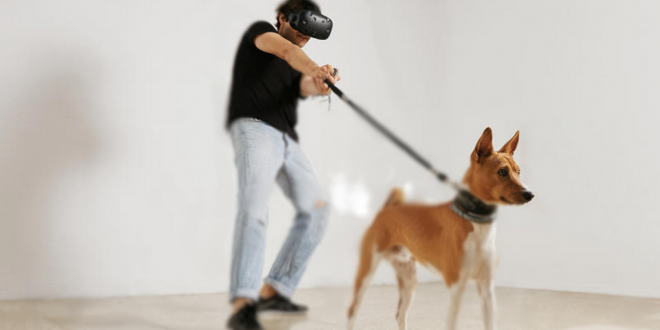The scientists and researchers from the University of Liverpool in the United Kingdom have come up with a virtual pooch technology that can help or may be used as an educational tool to help avoid dog bite cases.
How will it help?
This virtual reality experience will allow people to interact with a dog showing signs of aggression through their body language. This can help people and children learn about various dog behaviors and help identify the signs that tells whether a dog will attack or not.
The researchers from the University of Liverpool created this educational tool to explore various dog behaviors and identify stress or threat triggers that potentially lead to a dog bite. The idea is to understand what leads to a dog bite and the underlying body language that causes it. The details shown in the virtual environment are very realistic and exact reflection of real-world canine behavior.
How it works?
As a user approaches a dog, its behavior and body language changes in a subtle manner. The noticeable signs of aggression in dogs were noted in reflection to human approach and behavior. The dogs displayed signs of aggression by licking their lips, lowering their body and head, lifting their front paws, grinding of teeth and snarling/growling.
The above-mentioned signs are references from the ‘Canine Ladder of Aggression’ that shows how a dog may interact with a human when it doesn’t want to be approached or disturbed.
Next steps for virtual pooch
The goal is to make the experience as realistic as possible. Moving forward, the researchers aim toward creating an immersive experience and enhancing the behavioral simulation of the dogs. The future developments will cover a wider range of dog behaviors and its reactions based on user behavior.
Reference: The Times Of India
Share your thoughts with us in the comments below!

 DogExpress
DogExpress

















 in Chandigarh, India.
in Chandigarh, India. 
